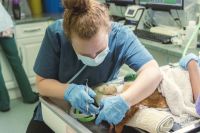-
-
- Standards Committee
- Advancement of the Professions Committee
- Audit and Risk Committee
- Education Committee
- Disciplinary Committee
- Charter Case Committee
- Preliminary Investigation Committee and Disciplinary Committee Liaison Committee
- Registration Committee
- Preliminary Investigation Committee
- Paper classification: some definitions
-
-
-
-
- About extra-mural studies (EMS)
- EMS requirements
- Information for vet students
- Information for EMS providers
- Information for vet schools
- Temporary EMS requirements
- Practice by students - regulations
- Health and safety on EMS placements
- EMS contacts and further guidance
- Extra-mural studies fit for the future
-
-
- Code of Professional Conduct for Veterinary Surgeons
- Code of Professional Conduct for Veterinary Nurses
- Contact the Advice Team
- XL Bully dog ban
- 'Under care' - guidance
- Advice on Schedule 3
- Controlled Drugs Guidance – A to Z
- Dealing with Difficult Situations webinar recordings
- FAQs – Common medicines pitfalls
- FAQs – Routine veterinary practice and clinical veterinary research
- FAQs – Advertising of practice names
- GDPR – RCVS information and Q&As
-
- Accrediting veterinary degrees
- Accrediting veterinary nursing qualifications
- Reasonable adjustments for student vets
- Health and disability in veterinary medicine study and practice
- The role of the veterinary schools and the RCVS
- Reasonable adjustments and the Equality Act 2010
- Reasonable adjustments and Day One Competences
- Examples of reasonable adjustments for vet students
- Annex
- Reasonable adjustments for student vets - summary
- Reasonable adjustments for student veterinary nurses
- Health and disability in veterinary nurse education and training
- Reasonable adjustments for students and the UK disability discrimination legislation
- Educational assessment of veterinary nurses
- Roles of key stakeholders in the application of reasonable adjustments
- Examples of reasonable adjustments for vet nurse students
- Embracing reasonable adjustments for student vet nurses - summary
- External review of the RCVS by ENQA
- Requirements for remote and online student assessments
Entrustable Professional Activities (EPAs)
Entrustable Professional Activities (EPAs) are high-level activities which are typically part of everyday veterinary practice. They reflect the types of responsibilities veterinary professionals carry out in practice.
How EPAs work
- EPAs focus on broad areas of veterinary work rather than specific tasks. This makes them applicable across various clinical contexts, species and workplaces.
- They incorporate key professional skills, such as communication, decision-making and organisation.
- EPA descriptions set out the evidence required in the e-portfolio, including activities and reflections.
- Graduates and their VetGDP Advisers should regularly consult the EPA descriptions and success criteria to monitor progress.
- To pass peer review, the e-portfolio must show the graduate can carry out each EPA competently, with minimal support, and demonstrate a broad range of experience.
Choosing EPAs
EPAs should be selected collaboratively by the graduate and their VetGDP Adviser.
Choices should reflect the full scope of the graduate's role - not just routine activities, but less frequent tasks too. This ensures that the graduate can reflect on and learn from all aspects of their experience.
If a peer reviewer believes an important EPA is missing, the graduate may be asked to add it and submit additional evidence.
Requesting additional EPAs
The current EPAs are designed to be high-level and adaptable across different species, workplace settings, and veterinary roles.
If you or your adviser feel that your role isn’t fully represented by the available EPAs, please refer to requesting additional EPAs.
Full EPA list
EPA 1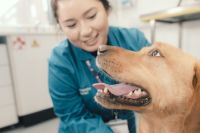
Gather a history, perform an examination and create a prioritised differential diagnosis list.
View EPA 1
 EPA 2
EPA 2
Develop a diagnostic plan, obtain informed consent and interpret test results.
View EPA 2
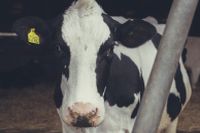 EPA 3
EPA 3
Establish a management and treatment plan, including referral or euthanasia if necessary.
View EPA 3
 EPA 4
EPA 4
Recognise a patient requiring urgent or emergent care and initiate evaluation and management.
View EPA 4
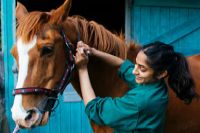 EPA 5
EPA 5
Formulate relevant questions and information sources, and retrieve evidence to advance care.
View EPA 5
EPA 8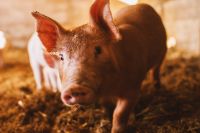
Formulate recommendations for preventive healthcare that promotes welfare and curbs the spread of disease.
EPA 12
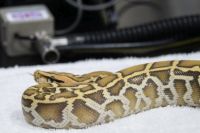 Perform a risk assessment that addresses specific risk questions to support veterinary decision-making.
Perform a risk assessment that addresses specific risk questions to support veterinary decision-making.
 EPA 13
EPA 13
Conduct document and physical checks on live animals as part of expert health certificate requirements.
 EPA 14
EPA 14
Conduct document and physical checks on live animals imported to the UK through a border inspection post.
